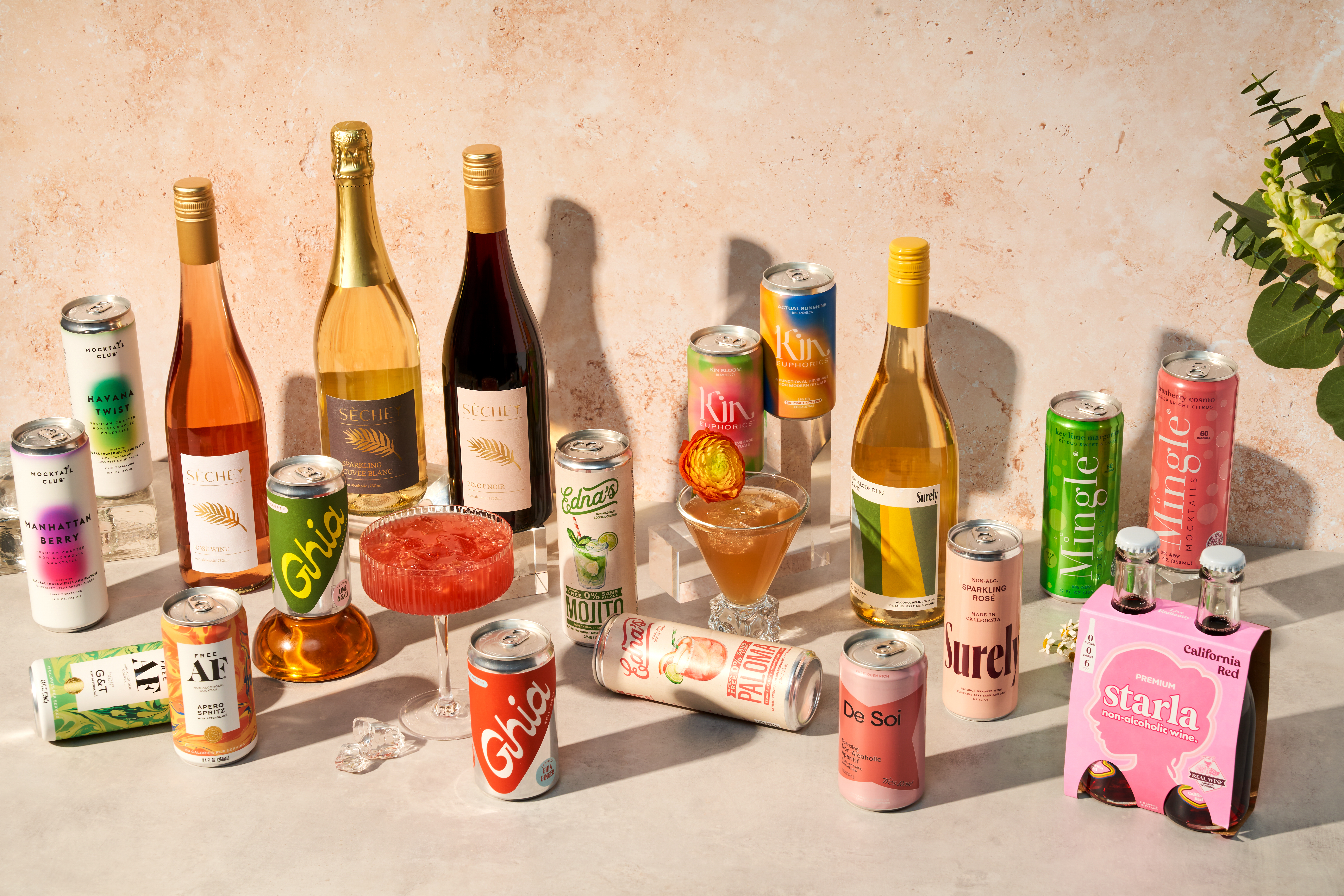The U.S. economy is continuing to grow even as labor disputes across the country and uncertainty created by Congress add to the ongoing challenges of inflation and high interest rates, NRF Chief Economist Jack Kleinhenz said in a news release.
”As Gilda Radner used to say on Saturday Night Live, ‘If it’s not one thing, it’s another,’ ” Kleinhenz said. “This is certainly one of those times when that expression fits well with what is going on in the economy.”
“New turbulence from the expanding autoworkers strike and the threat of a government shutdown – which could still happen after Congress’ short-term funding measure expires – have added to the existing headwinds already facing the economy,” Kleinhenz continued in the release. “Nonetheless, the economy continues to chug along and defy recession predictions, proving it to be more resilient than anticipated.”
The Cost of Living Continues to Rise
The new challenges come on top of interest rates at the highest level in two decades, gasoline prices on the rise since midsummer, inflation still “biting into” household budgets, backsliding consumer sentiment and the resumption of student loan payments.
With the cost of groceries and gas continuing to rise, many consumers are worried about fitting the extra monthly payments into their budget. On top of the extra monthly payments, gas rose 10.6% from July to August, the BLS’s consumer price index released on September 13 shows. After months of negative or slowed month-over-month growth, gasoline is now the largest contributor to inflation. It accounted for more than half of the increase in August.
The October issue of NRF’s Monthly Economic Review found that consumer spending grew, but only 1.8% year over year adjusted for inflation rather than the original estimate of 2.3%. This comes as spending on services like household utilities and vehicle maintenance was revised downward along with spending on goods like home furnishings, appliances and clothing.
“While the data has shown continued economic growth, weaker growth as mirrored in the GDP revisions suggests that higher interest rates and tighter lending standards are working more thoroughly than previously recognized,” Kleinhenz said. “Since higher interest rates typically slow down the economy, the Federal Reserve is most likely pleased to see that higher rates are having an impact on employment, economic output and corporate results.”
Low Consumer Confidence Isn’t Dwindling Sales
High inflation and interest rates are “dimming many households’ outlook” and consumer confidence declined for the second month in a row in September, the report said. The Conference Board’s Consumer Confidence Index fell 5.7 points to 103 and the University of Michigan Index of Consumer Sentiment retreated to 68.1 from August’s already low 69.5 as oil and gas prices continued to rise.
Nonetheless, the low consumer confidence readings did not translate into weaker spending. Year-over-year spending rose 5.8% in August, tracking a 7.3% increase in disposable income. The increase came even though the Personal Consumption Expenditures Price Index – the Fed’s preferred measure of inflation – was up 0.4% from July in August and 3.5% year over year, according to the report.
Incoming data suggests that the just-ended third quarter was largely on par with the second quarter and that 2023 could still have a “soft landing” rather than a recession, Kleinhenz said. For example, “With the Fed eager to see job growth weaken without causing the unemployment rate to take off, a number of indicators suggest that the tight labor market is cooling – but in the right way.”




